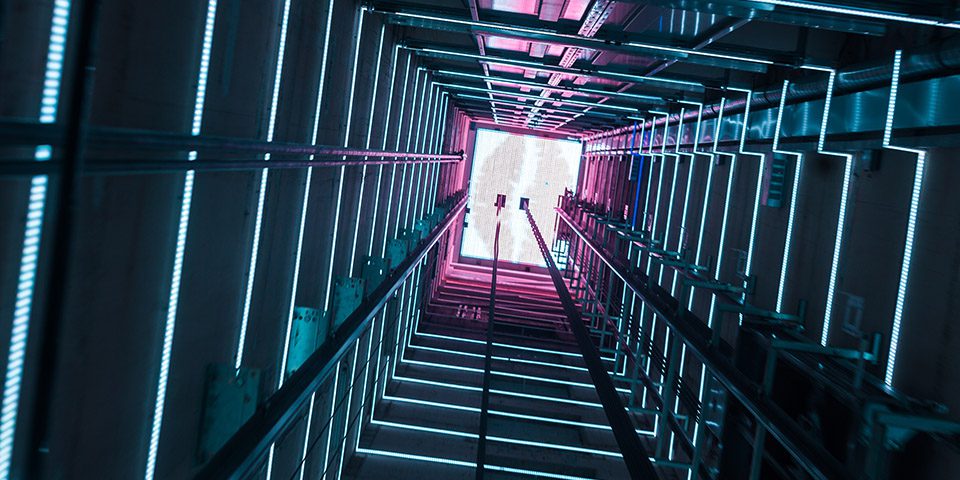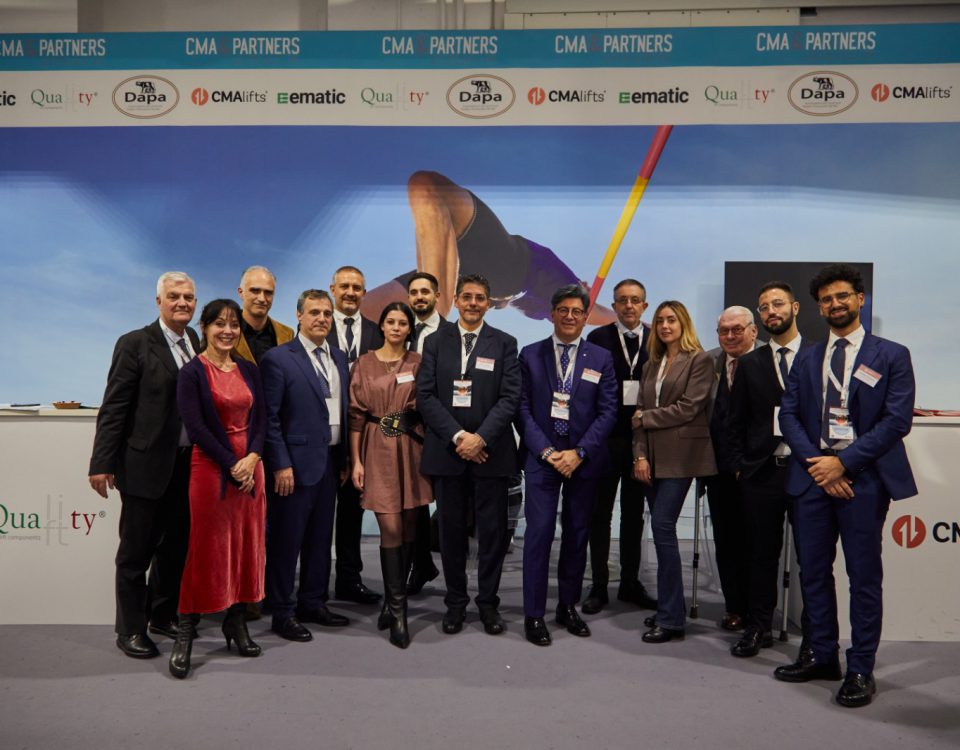
FIREFIGHTER LIFTS AND THE OPERATION IN THE EVENT OF A FIRE – PART 3
18 May 2020
Elevator booklet, the reconstruction procedure.
12 September 2020“Design is the way to show how beautiful any product can be” starting from this sentence published in the Elevators World magazine it is obviously important to consider how the lift cabin carries people and goods is the part of the lift visible to the end user, as well as one of the most important components for passengers.
This fact makes the car an architectural and decorative element of the building. Therefore, original and aesthetic design of a cab can make riding in an elevator a memorable experience. Although an elevator cab looks like a closed box with three sides and seems easy to design, there are many factors to be considered. Undoubtedly, “accessibility” is the most important factor. Accessibility entails enabling all passengers, including the disabled, to benefit from elevators equally and easily. For example, according to EN 81-70, the European standard on accessibility, there is detailed information about how to locate the car operating panel in the cab.
For example, wheelchair users’ feet will hit the rear wall, making it impossible for them to reach the buttons. With the doors closing automatically, the user could also be entrapped. It is necessary to think in a design-oriented way from the beginning to prevent the creation of new obstacles for the disabled, while easing their difficulties and stress. For example, when building a single-door elevator with a capacity of 1000 kg to be used for the transportation of stretchers, planning a car with the dimensions of 1,200 X 2,100 mm may be the ideal solution. On the other hand, tests have proven that a minimum width of 1,200 mm is required for providing turning space for people who use walkers.
Using contrasting colors or, most importantly, contrasting tones in car design can be helpful in identifying objects and avoiding hazards. The car floor and panel walls should be designed in contrasting colors. For example, a car that has light-gray stainless-steel walls should be complemented with a floor using black natural stone so a person with visual impairment can distinguish the borders of the car. Similarly, the operating panel and the wall on which it is installed, as well as the buttons and button panel, should be supplied in contrasting colors. Homogeneous distribution of light should be provided in cabin lighting. Spotlights should not be the only light source, as they will not provide homogeneous distribution of light, but will create shadows.
A mirror on the car’s back wall has many advantages. The mirror can also make people feel more comfortable, as it can help the environment look larger. Additionally, it can help a wheelchair user exit the car backward by allowing them to see more of where they are moving. The glass used for mirrors in cars should be shatterproof. For cars that need to be resistant to vandalism, supermirror stainless-steel can be used instead of glass. For example, according to TS EN 81-72, the standard for firefighter lifts in Turkey, an emergency trapdoor shall be provided at the top of the car measuring a minimum of 0.5 X 0.7 m for the rescue of firefighters if they become trapped inside the car.


